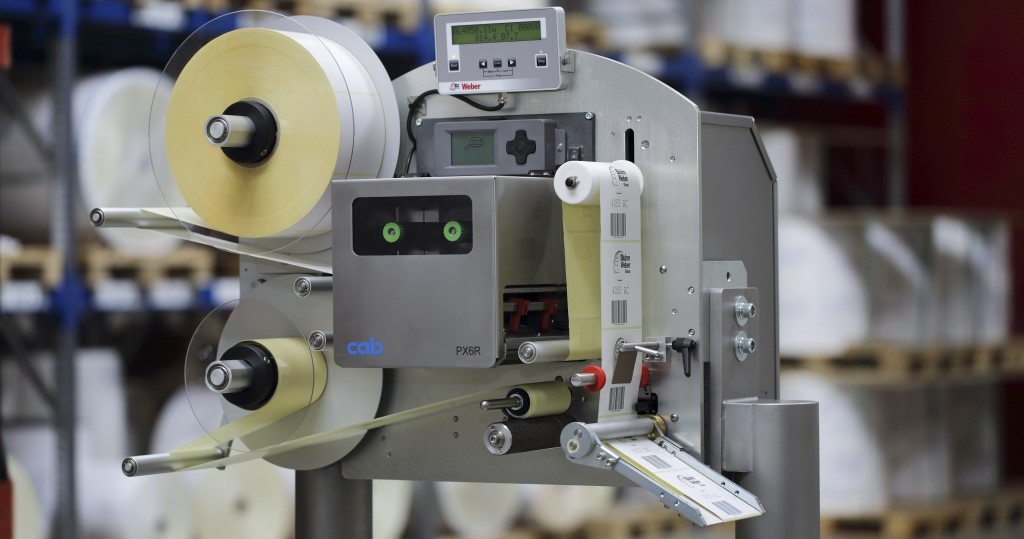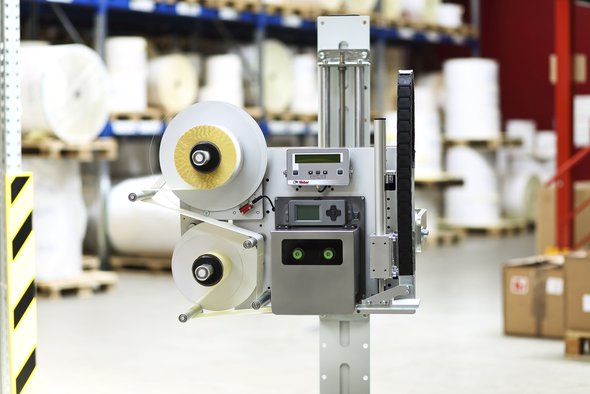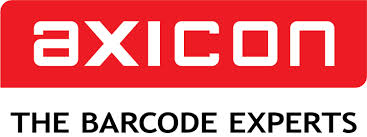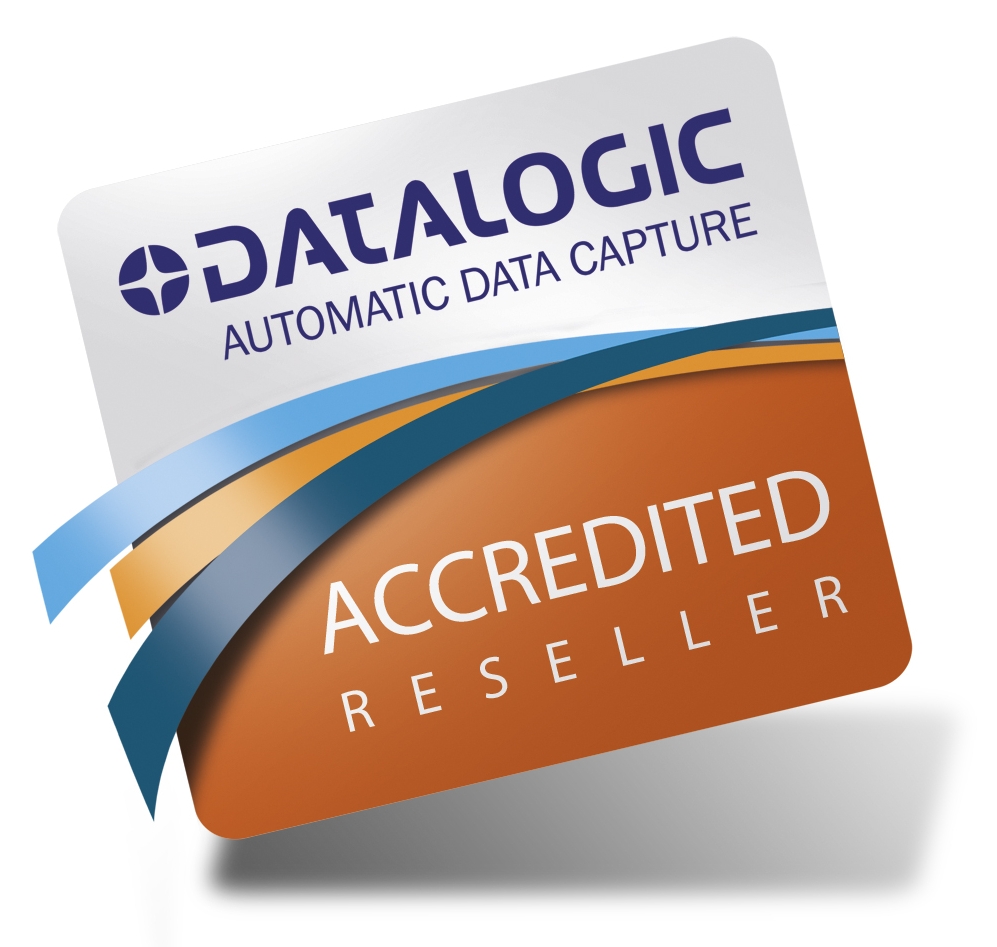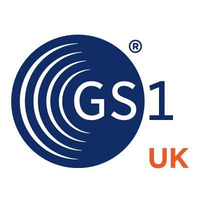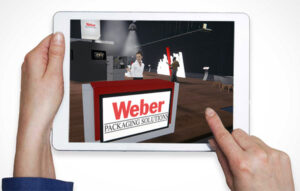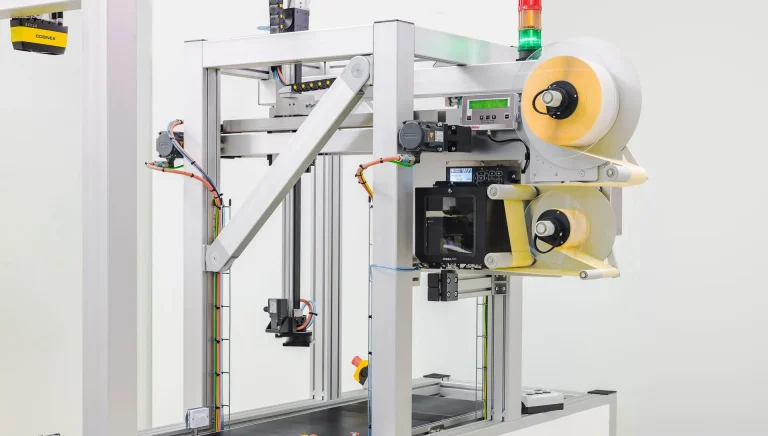
Weber Pneumatics
In times of skyrocketing energy prices, consumers are spotlighting pneumatics. Many people believe this to be the first move towards sustainability. In this article, I will detail the many possibilities of pneumatics now and in the future.
All Alpha Wipe On dispensers are fully electric, equipped with the latest stepper or servo motors, which cheaper systems lack. Also, we specially developed our associated motor drivers to work highly efficiently. In the field of printing and dispensing systems, the Legi-Air 4050WO, 4050B-EB and 4050AC Wipe On systems have always been purely electric.
Future Developments
We are currently also preparing stamp systems that work purely electrically. At Weber, we have put all the building blocks in place, but the various modules must now be combined to create products. We are currently developing Tamp On Machines & Tamp Wipe On Machines using all-electric versions.
The 4050B series will be the first carrier, followed by an offshoot of the 4050E. When arguing in favour of these machines, we naturally come up against known limitations that we have missing areas in the bonding for uneven shapes. Slopes are no problem for our Multiflex up to +-10° difference, dents and or dings are of course limiting factors here. Flexible dispensing pad overlays, known as “foams”, bring further limitations with them, plus you can’t compensate for much difference in the surface.
Tamp Blow
In the Tamp WipeOn with brush or flexible roll, we have considerably fewer restrictions in terms of product shape, but we do have a running direction constraint as with the Wipe On systems. In addition, the products need friction on the conveyor belt so that the product is not jammed. Both versions, require a sufficient degree of product stability and steadiness, because we have to touch the product. The gluing in these two methods with products that meet the requirements are better than with known Tamp Blow machines using pneumatics. We will add these variants to the price lists in Autumn. We can already respond to enquiries with concrete requirements and with the current procurement times of the printers, we can also implement concrete project enquiries.
Another variant from our development department is the Electric Tamp Blow. We blow the label with the force of a high-pressure blower, comparable to blowers known from hand dryers. However, the force is much less than the force of compressed air. With a blower, we don’t reach 1 bar of pressure, compared to >5 bar with compressed air. However, our developers achieve respectable results with our prototype and the flight distance is also comparable to a standard stamp. However, a clearly noticeable difference is the spontaneous adhesion of the label. This initial adhesion is much lower due to the lack of force when blowing on the label. We will soon post some results that will make this more tangible. It may be necessary to use a stronger adhesive than with the comparable pneumatics machine, to press on mechanically or it may help to wait, as the adhesive develops more force.
Limitations
Lateral application is particularly critical, but we also achieve good results. The limit of the technology becomes decisively visible in direct comparison and is only worth mentioning if it does not fit the application. For example, a lacquered board or a film-wrapped board where the adhesion is very high, the differences are marginal. The more difficult the substrate, the greater the difference. Often, businesses do not always use the most suitable label, instead many businesses use the cheapest label which “work”. This should be taken as a good approach to include the labels in a consultation and adapt them if necessary.
This technology requires quite a bit of technology in the stamp because it is not as easy to switch the air here as it is in pneumatics. This means that we also need larger drives for the weight, and this leads quickly to the need for a protective barrier. The basis for this technology is currently the LA6000 with its servo applicator.
It is worth mentioning the large number of hybrid printing and dispensing systems, i.e., Alpha dispensers with integrated coding systems. These are all-electric except for the combination with TTO.
These systems are becoming more complex and therefore more expensive. Therefore, sales talks must focus on ROI, as expensive technology pays for itself under longer operation or higher energy prices.
Conclusions
To conclude, all-electric is not a myth but a reality. With limitations in the overall view, there are numerous applications we can solve equally or even better without compressed air. We can provide numerous solutions if you are confronted with this requirement. However, we require more details as we must look closely to qualify the right product with consumables for the application.
Also worth mentioning is the 4050E series. The modulated vacuum which significantly reduces compressed air consumption. If you have any questions about this technology and the possibilities, please contact Weber.


